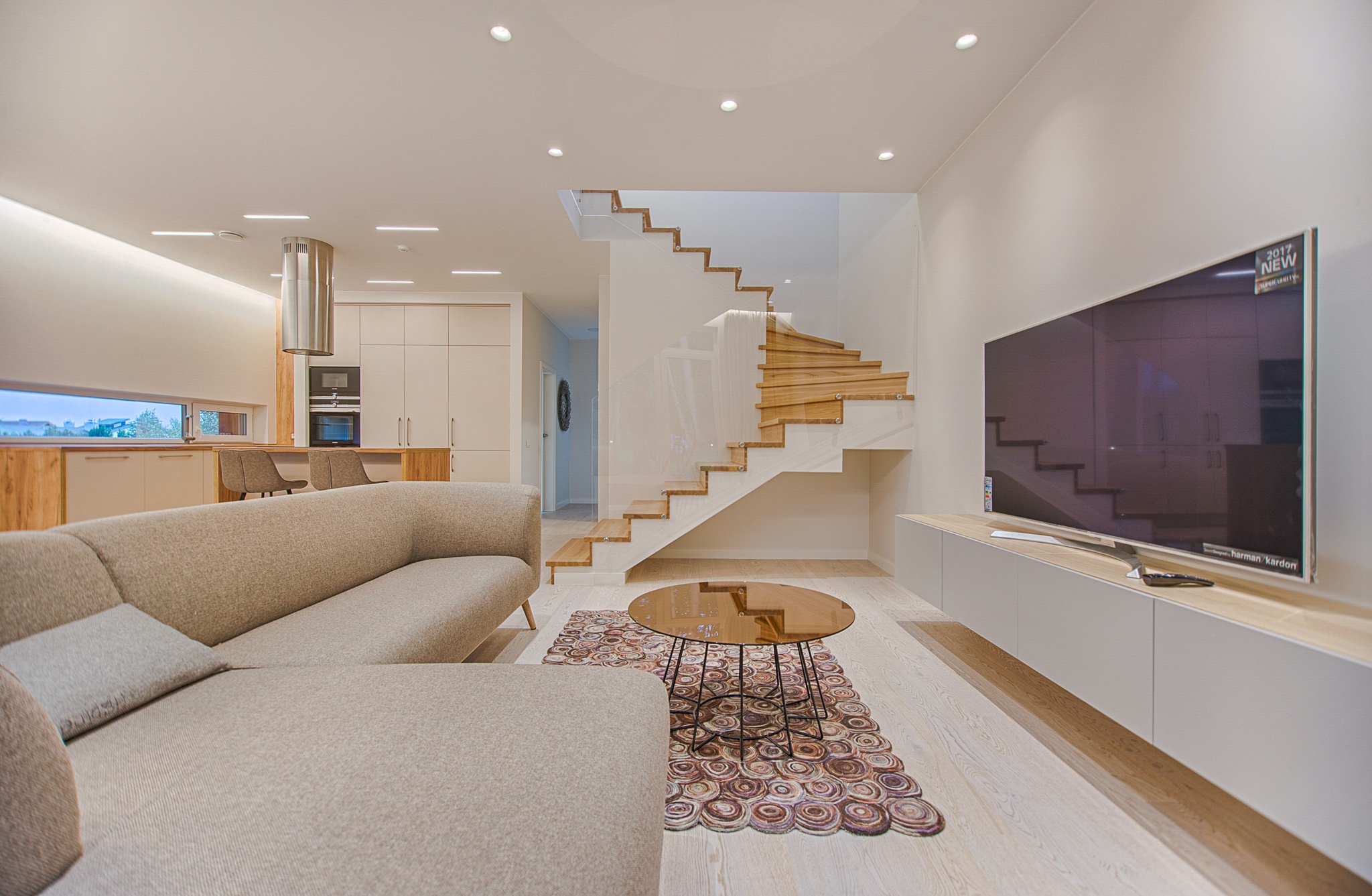The unique charm is not the only benefit of living in a character or heritage home, these properties also make attractive investment opportunities whether you already own one or are looking to purchase. Luke Caisley of Caisley Developments cites that the large footprint that these homes have provides options and benefits for families that are looking for more space and investors looking to turn them into multiple dwellings.
So, as the footprint of new build homes continues to shrink and character and heritage homes become increasingly rare, the value of this additional space looks set to increase.
Here are a few development options supported by BC legislature and reasons why you should be looking at the investment potential of a character or heritage property.
Build a smaller detached home a single-family lot
Infill housing has been around for some time and the Government of BC’s legislative support for providing additional residences across areas of Greater Vancouver is growing. Infill housing is a way of increasing housing supply that ‘fits within’ an existing neighbourhood without impacting its character. Infill housing is used to increase rental and homeownership options by; =
- Building new homes on an empty lot;
- Adding secondary suites, carriage homes and laneway homes (garden suits or granny flats);
- Replacing a single-detached home with a duplex or a fourplex; and
- Subdividing an existing lot to allow the construction of additional units.
As an example, the City of North Vancouver allows infill housing options on all existing single-family homes and duplexes to be able to increase the availability of rental housing. The City’s Secondary Suites and Coach Houses guide describes the Zoning Amendments adopted in 2017 for North Vancouver residents to add additional income-yielding properties within their current footprint.
Rent or strata-title dwelling units in the Infill or Multiple Conversion Dwelling
Building additional units and converting a large property into multiple units offers investors great potential for rental return from the large footprints of character and heritage homes. In the City of Vancouver’s development option guidelines, five types of rental and strata dwelling are identified for investors.

Requirements to develop additional rental units on a single-family home lot
Various development options exist for family homes with large lots include secondary suites, infills, and laneway houses. For family dwellings with addition, secondary suite and laneway house, if you have a 900mm (3 foot) clear path to the rear yard for fire access to the secondary suite, this could be open up an attractive investment option.
If the house has a lane, there is a minimum of 4.9m (16 feet) between the laneway house and the main house, and if the lot has a 900mm (3 foot) clear path to the rear yard for fire access to the secondary suite, a family dwelling with a secondary suite can support an infill.
Requirements to develop Strata housing from a single-family home
Some character and heritage homes are large enough to develop and manage multi-residences under a managed Strata corporation. Family dwellings can be developed into strata properties with a secondary suite and an infill house if the lot has a minimum of 4.9m (16 feet) between the infill and the main house, as well as a 1200mm (4 foot) clear path to the rear yard for fire access to the infill.
Requirements to develop a multiple conversion dwelling for rentals or strata-title
Properties big enough and on large enough lots can be turned into multiple conversion dwellings for rentals or strata titles. These options are great for investors looking to build a larger rental base and support the city’s housing supply. Multiple conversion dwellings can comprise basement suites, apartments, and additions based on the unique size and capacity of your character or heritage home.
If the lot has a 900-2000mm (3-6.6 foot) clear pathway for fire access to the additional units, you may be eligible to transform a large home into a multiple conversion dwelling.
You are able to develop an infill too if the lot has a minimum of 4.9m (16 feet) between the proposed infill and the main multiple conversion dwelling.
Upgrades required for rental or strata-title developments
As well as having the size and space to build new dwellings, various measures to ensure they are suitable and safe to be inhabited exist. If a property meets the standards below, there may be an opportunity to kick start development.
- Water and sewer upgrades
- Sprinkler upgrades
- Fire & life safety (F4): Entire Building — Alarms & detectors, emergency lighting, exits, firefighting access & water supply, spatial separation, standpipes & sprinklers, ventilation, and building envelope review.
- Structural (S4): Entire Building — Building to be upgraded to resist 75% of the current By-law
- Non-structural (N4): Entire Building — Restrain interior partition walls. Restrain all ceiling supporting frames, T-bars assemblies, ceiling gypsum wallboards, all overhead mechanical equipment and services, overhead electrical equipment and services. Restrain falling hazards from cladding, veneer, parapets, canopies and ornaments attached to the exterior of the building.
- Accessibility (A4): Entire Building — Building to meet accessibility provisions of the current VBBL.
- Energy (E4): Review and improve the energy performance of an integrated energy efficiency system. Limit the probability that, as a result of the renovation of a building the use of energy will be inefficient.
The list of requirements may seem long but in reality, the City of Vancouver is supporting new ways to provide additional housing supply. Even though there may be a few things to navigate, as an investment option, character and heritage homes will continue to be attractive if done correctly.



